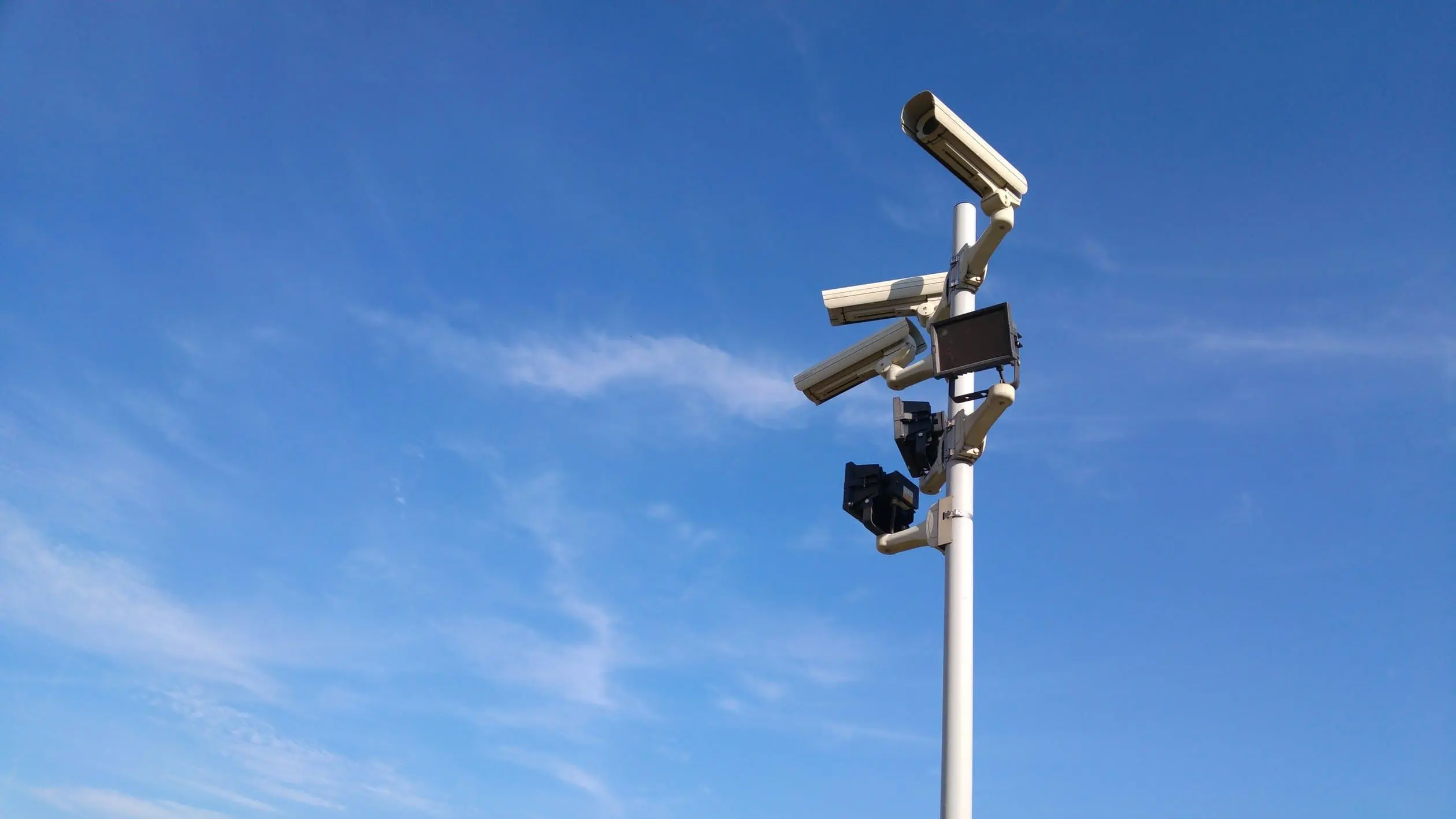When we go online, we leave traces of our data. We would never want our data falling into the wrong hands. Organizations that gather our data recognize this as a customer-centric and regulatory requirement; thus spending a lot of time and money to take active measures for enhancing cybersecurity.
The craze for accelerating innovation, productivity, and revenue growth has compelled various organizations to embrace digitization. Business leaders in organizations are actively seeking new ideas to attain success in their business. Companies have finally recognized the driver for achieving digitization - data. They aim to collect, access, analyze, and utilize tons of data that come from various sources in different formats. By interpreting the received data using big data analytics, they can uncover the ‘otherwise difficult to recognize’ patterns, which can improve their business altogether. It is true that organizations always aim to use our data for a useful purpose, but there are several criminal organizations eagerly waiting to steal our information, and use it for unintended activities.
Due to the news on data breaches that regularly appear in the headlines, organizations are now investing a lot of their capital to secure their assets from hackers. Organizations are behind identifying the right method to curb this rising issue. By building a security policy and governance model, companies can limit the access of the data to only employees who are associated with the project. But, along with this, companies should also capitalize on one or more of these technologies for ensuring cybersecurity at an optimum level.
1. Big Data Analytics
With the help of data, organizations are clocking revenue growth like never imagined. But, we have also seen how this data is causing a risk of cyber threats worldwide. Now, what if we tell you that the collected data could solve this risk? Big data analytics can sift through various types of data, historical or real-time, analyze it, and give information on cyber resilience.
2. Blockchain
The credentials that we use to perform online monetary transactions are recorded somewhere in the database of financial services. The storage infrastructure that these financial services use is typically centralized. But now, the case is not the same. The incredible attributes of blockchain help to secure the data from cyber threats. By using blockchain, organizations can store the data in a decentralized ledger on a blockchain network. Any access, any share, or any addition to the data on a blockchain ledger requires validation first. The concerned participants on the blockchain network are required to enter the key (combination of private and public keys) before they wish to record any new data, access or modify it. Practically, it is not so easy for hackers to decode the keys. Hence, blockchain provides companies with a secure way to store their digital assets, thereby ensuring cybersecurity.
3. Artificial Intelligence
Cybercriminals are increasingly targeting organizations for stealing their digital assets. To counter this, AI can play a prominent role in ensuring cybersecurity. By training the AI algorithm with the right data on historical threats, the model can give accurate information on proactivity of hackers. Effective solutions can then be built after gaining actionable insights on activities of hackers.
We know that today’s modern technologies have helped us in many ways. But, the way these technologies are extending their helping hand to curb cyber activities is just incredible!




Leave your comments
Post comment as a guest